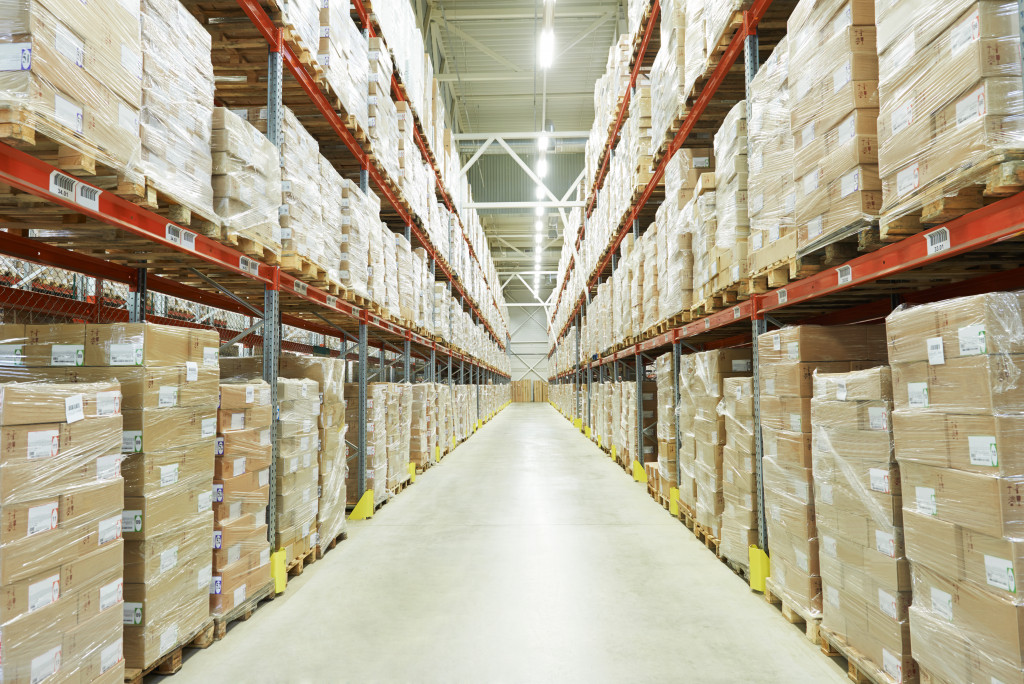- About 159 billion packages are shipped annually, making shipping costs paramount for consumers and businesses.
- High shipping costs result from increased shipping demand, carrier fees, fuel costs, and delivery to remote locations.
- Bulky items and packaging expenses significantly add to the shipping cost for online retailers.
- Monitoring shipments, using multiple carriers, negotiating rates, and optimizing packaging can help reduce shipping costs.
- Free shipping thresholds can boost average order value and spread the cost over multiple items.
In the age of e-commerce, online retailers face many challenges – from digital marketing to website optimization. The high shipping cost is one of the most significant and burdensome hurdles for retailers and consumers alike. Shipping costs can consume a significant chunk of your online sales revenue, which is disconcerting for business owners and entrepreneurs. Here’s what you need to know about shipped packages annually, why your shipping is so costly, and ways to reduce its overall cost.
Shipped Packages Annually
It’s estimated that about 159 billion packages are shipped annually around the globe. This number is expected to rise significantly in the coming years as more and more people turn to online shopping for their everyday needs. With such a massive amount of packages being shipped, it’s no wonder that shipping costs are a major concern for both businesses and consumers.
Reasons for High Shipping Costs
Several factors contribute to high shipping costs, especially for online retailers. Here are some of them:
1. Increased Demand for Shipping
As more consumers embrace online shopping, the demand for shipping services has skyrocketed. E-commerce is growing drastically, and the significant surge in demand means that shipping companies are struggling to keep up. Shortages of qualified drivers, packaging materials, and delivery vans can all impact shipping costs. Free two-day delivery, a standard expectation, also adds pressure to delivery services.

2. Carrier Fees and Fuel Costs
Much like traditional brick-and-mortar retailers, online retailers rely on carriers to deliver their products to customers. Carriers charge fees to deliver packages, and shipping companies pass these fees along to retailers and, ultimately, to consumers. Additionally, fuel price fluctuations can also impact the cost of shipping. A sudden increase in fuel costs can lead to higher shipping fees.
3. Remote Location Surcharge
Online retailers may have customers worldwide, including in remote areas. Delivering packages to remote locations requires carriers to utilize additional resources and may entail extended transit times. As a result, carriers impose an additional fee on top of the regular shipping fee to cover the additional cost of delivering to remote areas.
4. Heavy and Bulky Items
When customers purchase large, heavy, or oversized items, shipping costs increase due to the necessity for additional handling and packing. Requiring specialized handling equipment also adds to the cost of shipping these items. It is better to charge a higher shipping fee upfront to avoid surprising customers after checkout than to absorb the cost later.
5. Packaging and Handling Costs
The shipping price is not just about transporting the package to crosstown, across the state, or another country. Retailers must spend money on packaging materials, labor, and quality control to ensure that orders arrive in good condition. All of these aspects add up – ultimately increasing the total cost of shipping.
Reducing Online Shipping Costs
You can reduce the overall shipping cost for your online business in various ways. Here are some strategies you can implement:
Monitor Shipments
It’s essential that you can monitor your shipments 24/7. That’s why you need to invest in a reliable shipping dashboard. The dashboard can provide complete visibility of your shipments, allowing you to track packages in real-time and identify any potential issues before they become costly problems.
Use Multiple Carriers
Don’t limit yourself to just one shipping carrier. By using multiple carriers, you can compare prices and delivery times to select the most cost-effective option for each shipment. This also allows backup options in case one carrier experiences delays or issues.

Negotiate Rates
If you have a high shipping volume, you may be able to negotiate better rates with your carriers. It’s worth reaching out and discussing potential discounts with them.
Optimize Packaging
Investing in quality packaging materials can help protect your products during transit, reducing the risk of damages that could lead to costly returns or replacements. You can also optimize your packaging to reduce its dimensions and weight, ultimately cutting shipping costs.
Offer Free Shipping Thresholds
To incentivize customers to spend more with you, consider offering free shipping for orders that exceed a certain amount. This increases the average order value and allows you to spread out the cost of shipping over multiple items.
Shipping costs are a major concern in the world of e-commerce. However, by understanding the reasons behind high shipping fees and implementing strategies to reduce them, online retailers can effectively manage their shipping costs and increase profitability. So don’t let expensive shipping hold your business back – take control and find ways to optimize this crucial part of your operations.

